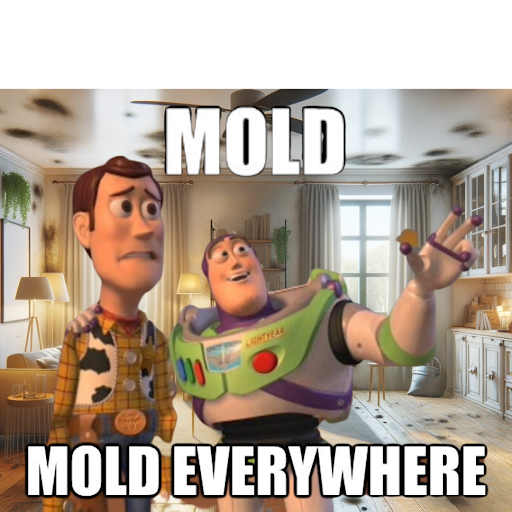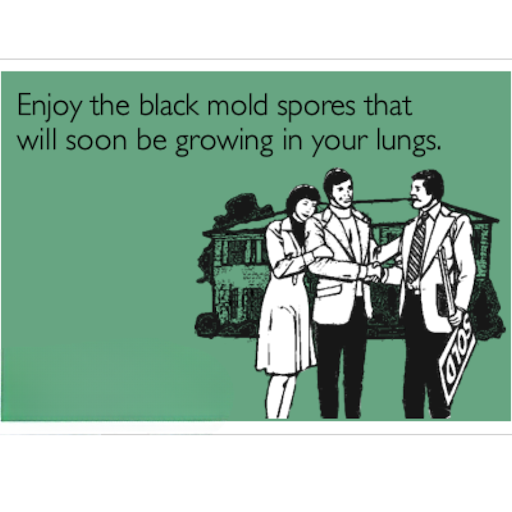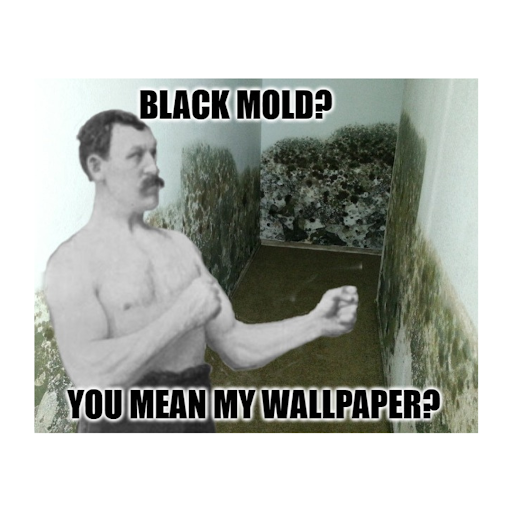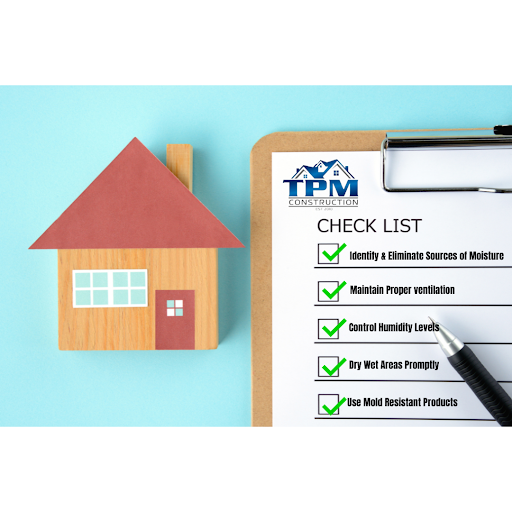Mold can creep into any corner of your home, flourishing in damp, dark, and humid environments. Not only does mold look unappealing, but it can also pose serious health risks, ranging from allergies and respiratory issues to more severe complications for those with weakened immune systems. The good news is that preventing mold in your home is entirely possible with the right knowledge and a proactive approach.
Here are some Tips & Tricks to prevent mold in your home:
Identify and Eliminate Sources of Moisture:
Mold thrives in damp environments, so the first step to preventing mold is to identify and eliminate sources of moisture. Look out for leaks in the roof, walls, and plumbing, and address them immediately. Keep an eye out for condensation on windows and walls and take steps to reduce it.
Maintain Proper Ventilation:
Proper ventilation is crucial in preventing mold. Use exhaust fans in the bathroom and kitchen to help remove moisture. Open windows and use fans to circulate air in your home. Make sure your home is adequately ventilated to avoid trapping moisture inside.
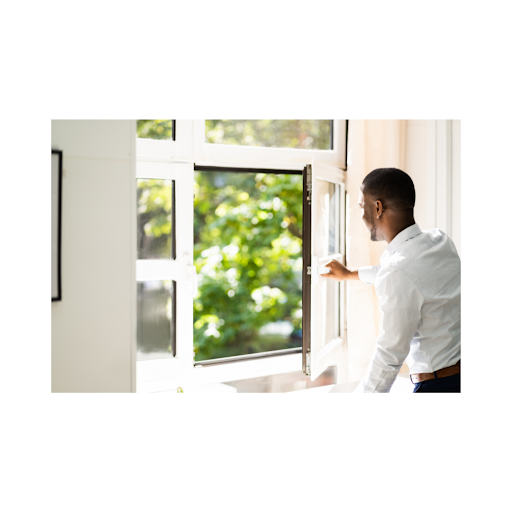
Control Humidity Levels:
Control humidity levels in your home by keeping them below 50% to prevent mold growth. Use a dehumidifier in more humid areas such as basements and bathrooms. Maintaining optimal humidity levels creates a more comfortable living environment and can alleviate symptoms for individuals with allergies or respiratory issues. In addition to using a dehumidifier, consider employing exhaust fans during cooking or showering.
Dry Wet Areas Promptly:
If any area of your home becomes wet, it’s crucial to dry it within 48 hours to prevent mold growth, as this includes leaks, spills, and floods. Use fans and dehumidifiers to expedite the drying process. Taking prompt action to dry wet areas is not only vital for preventing mold growth but also essential for mitigating the potential for structural damage to your home. Ensure that you thoroughly inspect the affected area to confirm that all moisture has been eradicated, as mold can proliferate in hidden spots like under carpets or behind walls.
Use Mold-Resistant Products:
There are several mold-resistant products available on the market, from paint to cleaning products. Consider using these products in areas of your home that are more susceptible to mold growth.
Regularly Inspect Your Home:
Regular inspections of your home can help you identify potential mold problems before they become severe. Look out for signs of mold, such as musty odours or discoloration on walls and ceilings. In addition to visual inspections, consider using a moisture meter to detect moisture in walls, ceilings, and floors, as this can be an indicator of a mold problem. Don’t forget to check less visible areas such as attics, basements, and crawl spaces, as these are common places for mold to develop.

Properly Insulate Your Home:
Proper insulation acts as a barrier to prevent warm, moist air from coming into contact with cooler surfaces, where it can condense and contribute to mold growth. In addition to the attic and basement, be sure to check the insulation in exterior walls, crawl spaces, and around windows and doors, as these are also key areas where condensation can occur. Adequate insulation also has the added benefit of improving energy efficiency, helping to keep your home warmer in the winter and cooler in the summer. By taking the time to ensure your home is properly insulated, you can protect your living space from mold and enjoy a more comfortable indoor environment year-round.
Keep Your Home Clean and Clutter-Free:
Mold loves to grow on dirt and organic material. Regularly clean your home, paying special attention to areas where mold is more likely to grow, such as the bathroom and kitchen. Keep your home clutter-free to allow for proper ventilation and reduce the number of places mold can hide.

In conclusion, preventing mold in your home is an achievable goal with the right knowledge and proactive approach. By identifying and eliminating sources of moisture, maintaining proper ventilation, controlling humidity levels, drying wet areas promptly, keeping your home clean and clutter-free, using mold-resistant products, regularly inspecting your home, and properly insulating, you can create a mold-free living environment for you and your family.
Don’t wait until mold becomes a problem. Take proactive steps today and ensure a safer, mold-free environment for your loved ones. Dive deeper into our resources and let us guide you every step of the way. Click here to get started!
*BONUS MEMES*
